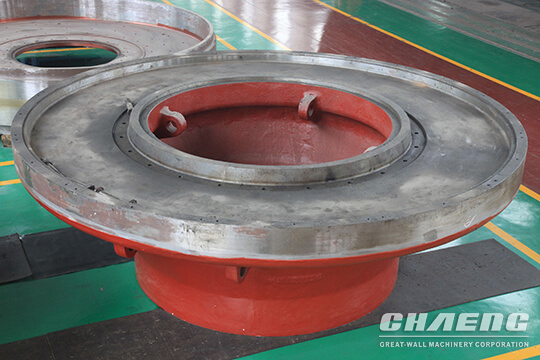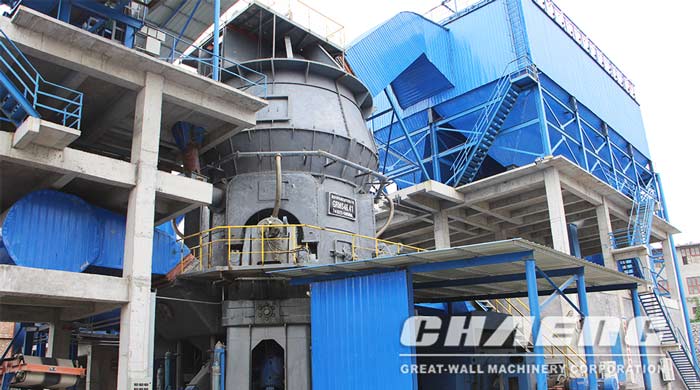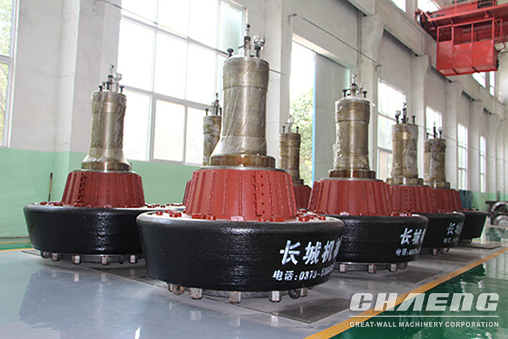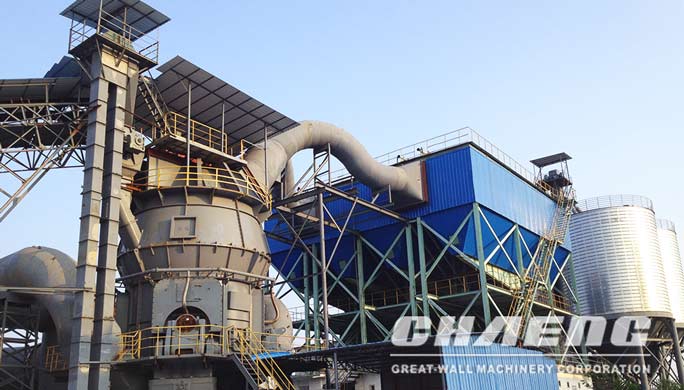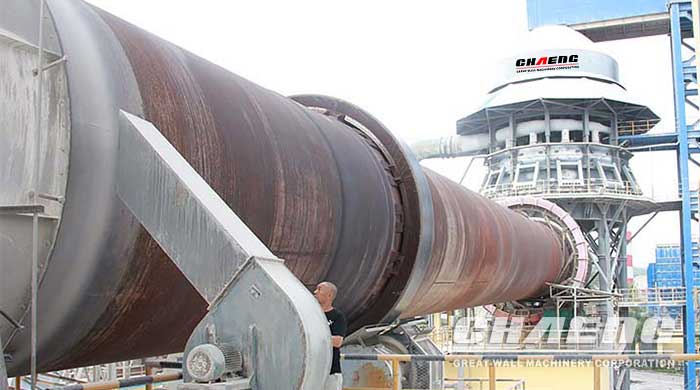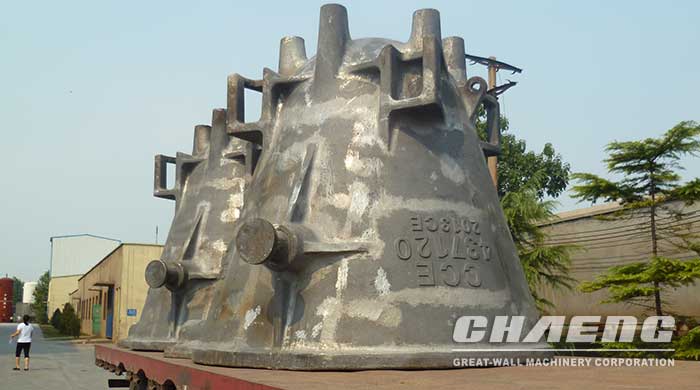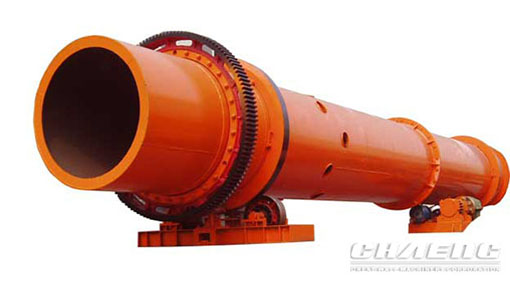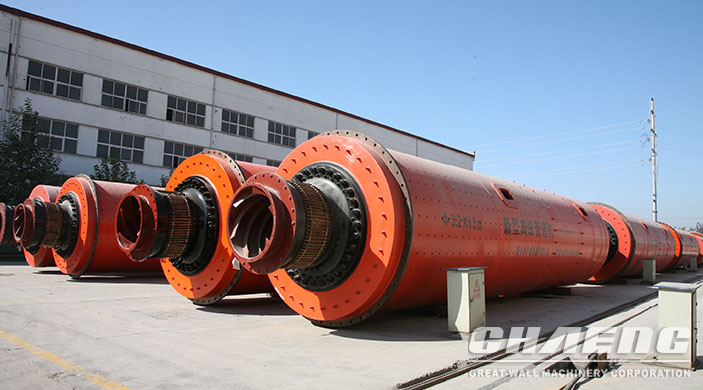1000 t/d Cement Plant
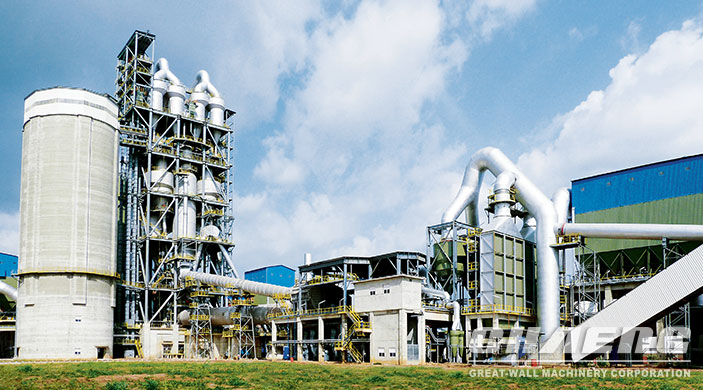
| Application | Cement Plant, Thermal Power Plant |
| Annual Output | 300,000 tons |
| Process Type | New Dry Process |
| Blaine Fineness | 3300-3800 cm²/g |
Low investment, short construction period, and fast standard and achievement achieved, the 1000 tpd new dry process cement production carries out the overall design concept which combines raw material preparation and clinker calcining together. Raw material preparation uses vertical mill, while the waste gas from kiln can be reused by the vertical mill for drying raw material. Thus it fully saves a lot of energy. This production line runs well and brings good economic benefit for the enterprises.
Working Process:
Cement production line is composed of a series of steps, mainly including crushing, prehomogenization, raw material preparation and homogenization, preheating and decomposition, sintering of cement clinker, cement grinding and packing and so on. Great Wall Machinery can provide general contracting of new dry process cement production line from design, manufacturing, installation, debugging and capacity to standard reaching (turnkey project) for customers, helping customers save efforts, energy and start cement production with high efficiency.
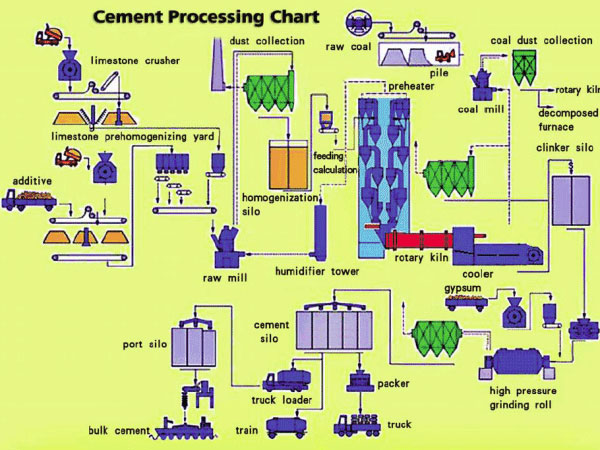
The heart of state-of-the-art clinker production is the rotary kiln. In the process of rotary kiln production, raw material mixture is fed into the upper end of large cylindrical and refractory-lined steel kiln that range from 60 to 300 meters long and from 3.0 to 8.0 meters in diameter. The blended mixture is fed into the tilted kiln at a rate controlled by the slope and rotational speed of the kiln. Coal, pet coke, natural gas and more increasingly, alternative fuels such as plastic, solvents, waste oil or meat and bone meal are fed into the lower end of the kiln and burned to feed the flame, the temperature of which can reach as high as 1800 to 2000° C. As the kiln slowly rotates (1 to 5 revolutions per minute), the raw material tumbles through progressively hotter zones toward the flame at the lower end of the kiln. Inside the kiln’s burning zone, raw materials reach temperatures of 1430° C to 1650° C (2600° F to 3000° F). At 1480° C (2695° F), a series of chemical reactions causes the materials breaking down, become partially molten, and fuse into nodules called “clinker” – grayish-black pellets, often the size of marbles. Hot exhaust gases exiting through the kiln are used to preheat and calcine the raw material feed before it enters the kiln’s burning zone.Clinker is discharged red-hot from the lower end of the kiln into air coolers to lower it to handling temperatures. Cooled clinker is combined with gypsum and other additives and ground into a fine gray powder called cement. Many cement plants include the final cement grinding and mixing operation at the site. Others ship some or all of their clinker production to standalone cement-grinding plants situated close to markets.
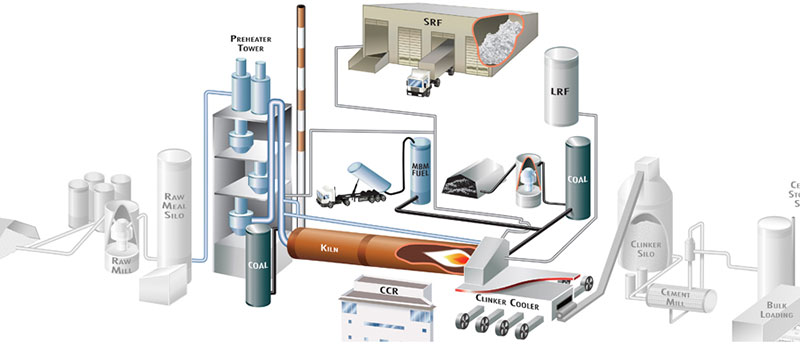
Configuration
| Main Equipment | Model | Specification | Qua |
|---|---|---|---|
| Raw Material Vertical Roller Mill | φ3.0×10m | Output: 80-85 t/h | 1 |
| Dust Collector | Q=125000 m³/h | 1 | |
| Rotary Kiln | φ3.2×50m | G=1000 t/d | 1 |
| Single-row 5 Level Preheater | φ6.3×15m | C1=1-φ4.8, C2=1-φ4.8 | 1 |
| Swirl Precalciner | φ6.3×15m | G=1000 t/d | |
| Grate Cooler | H743 | G=1000-1100 t/d | 1 |
| Kiln Head Dust | Q=300000m³/h | 1 | |
| Kiln Tail Dust Collector | Q=350000m³/h | 11 | |
| Cement Ball Mill | φ3.2×11m | Output: 60-64 t/h | |
| Seperator | N2000 | Q=2000 m³/min | 1 |
| Bag Filter | Q=125000 m³/h | 1 | |
| Belt Conveyor | TD75B1000×25m | P=7.5×2=15kw | 2 |
| Screw Conveyor | LS300×25m | P=7.5×2=15kw | |
| Bulk Machine | Output: 100-120 t/h | 2 | |
| Screw Compressor | LU1500-160WB | Q=21m³/min | 4 |
Our product features:
Simple and smooth process with compact layout
This new dry process is composed of three mills and one burning system. Kiln exhaust gas enters into humidifier tower first, and then enters into fan, which is contrary to traditional ways. It not only saves a lot of duct investment, but also provides the compact layout.
Energy saving and power consumption reduction
All materials adopt mechanical transmission for reducing conveying power consumption. Utilization rate of cooling water cycle in the production is more than 90%. The use of exhaust gas from kiln can save more than 4,000 tons coal per year.
High automation
1000 t/d new dry process production line adopts PLC control system. The system has a reasonable investment, and is very practical, advanced and reliable. It can realize distributing control functions. The operator is able to control and command production process just in the central control room.
Our Services:
Great Wall(Chaeng) technical center can help our client to finish feasibility study, environment impact assessment and safety assessment and also provides turnkey service with high efficiency.
Great Wall has its own various processing equipment and takes strict control measures on product quality, which results in fast delivery within a short time. Besides, Great Wall can guarantee completion the project as scheduled with its strong service team for installation and after–sales service.

